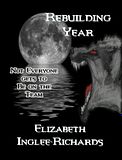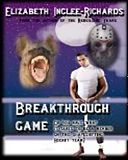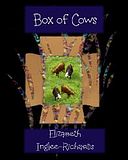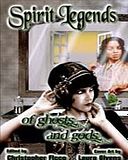The Baroque Horse is incredibly important to that history. It is the bridge between the war horse of the past and the riding horse of the present.
The Baroque Horse is the courser, or the small war horse. The courser was used for pitched battles. They were quick and could be trained not just to carry a warrior, but also to be an active participate in battle. They were, and still are, sometimes taught the haute ecole, High School of dressage, a discipline focused on bringing the horse and rider together as an integrated single unit. Some of these horses were (and are) taught Airs Above the Ground, a sort of Marshal art for horses. The moves include:
Pesade: The horse rises up on its hindquarters tucks its forelegs evenly and holds its body at a 45 degree angle.
Levade: Basically the same move but the body is held at a 30 degree angle. This is a modern move that is a test of strength.
Mezair: This is like a series of levades, the horse goes up strikes forward and then comes down lightly before raising its forehand again. The horse moves forward.
These moves sound like very controlled rears, but they are really not. The rear is a sign of resistance and the Pesade and Levade are moves that shows submission and tests strength and balance.
Croupade: The horse hops forward body parallel to the ground, legs tucked up under the body.
Ballotade: The horse hops forward body parallel to the ground legs held so you can see the horses shoes if you are standing behind it.
Capriole:The horse hops forward body parallel to the ground and the horse kicks out behind it.
Courbette:The horse hops on its back feet.
As an aside, a horse can kick with the force of a hand grenade.
The Baroque horses are small and strong with an arched neck and straight or even convex head. I had to look up the Baroque breeds, I knew the Lipizzan, Andalusian and Lusitano but I had to look up the others: Frederiksborger, Ginetta, Menorquin, Kladruber and Murgese.


You see why they are called Baroque in this video of the Spanish Riding School.

And this video of the Royal Andalusian School of Equestrian Arts starts with some Airs Above the Ground






No comments:
Post a Comment